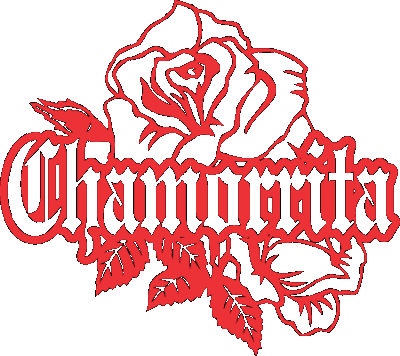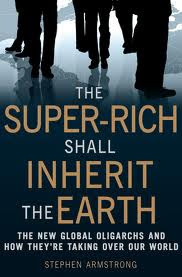Everyday

When I was in graduate school I spent years collecting Guam mentions. I would hunt for them everywhere. In every database I could find. In every archive. In every index for every book. I would search through websites, through blogs, on Youtube videos. As I was writing my dissertation these Guam mentions represented a significant part of my "data." These were the things I wanted to analyze. These were the things I wanted to find some underlying structure for. It was difficult not in terms of articulating my thoughts, but articulating them in such a way that other people might care. When you are writing about "small" cultures or "small" islands, there is always the burden that your smallness puts on you. There is always a need to force you next to something larger so you can feel more relevant or more familiar. There is a need to put Chamorros next to another group, Native Hawaiians, Puerto Ricans, Filipinos, Okinawans, any other group that might be more





